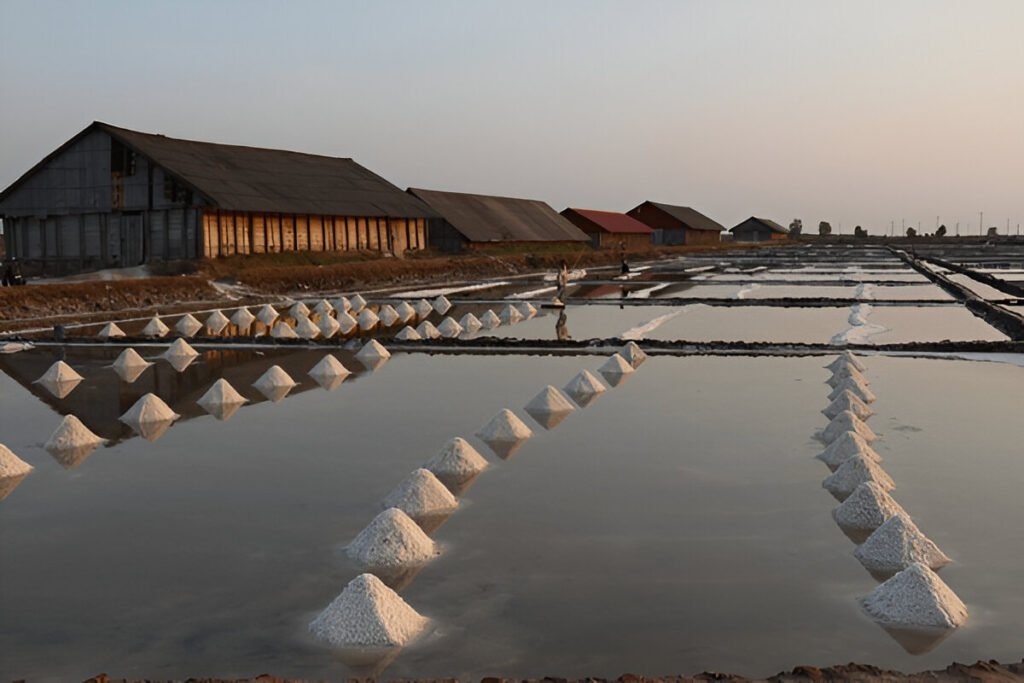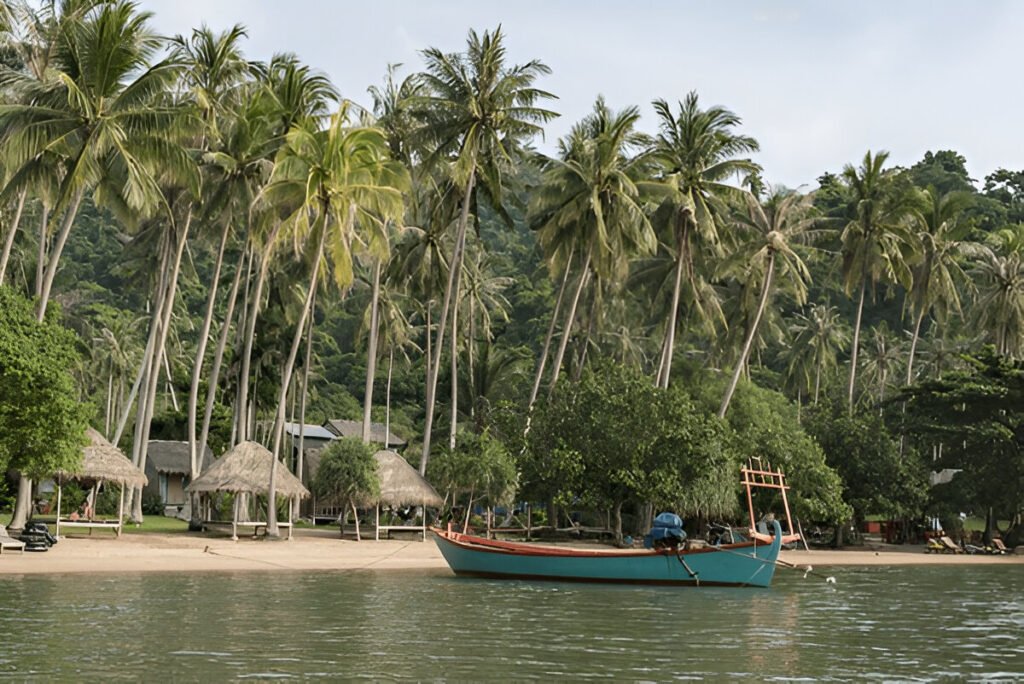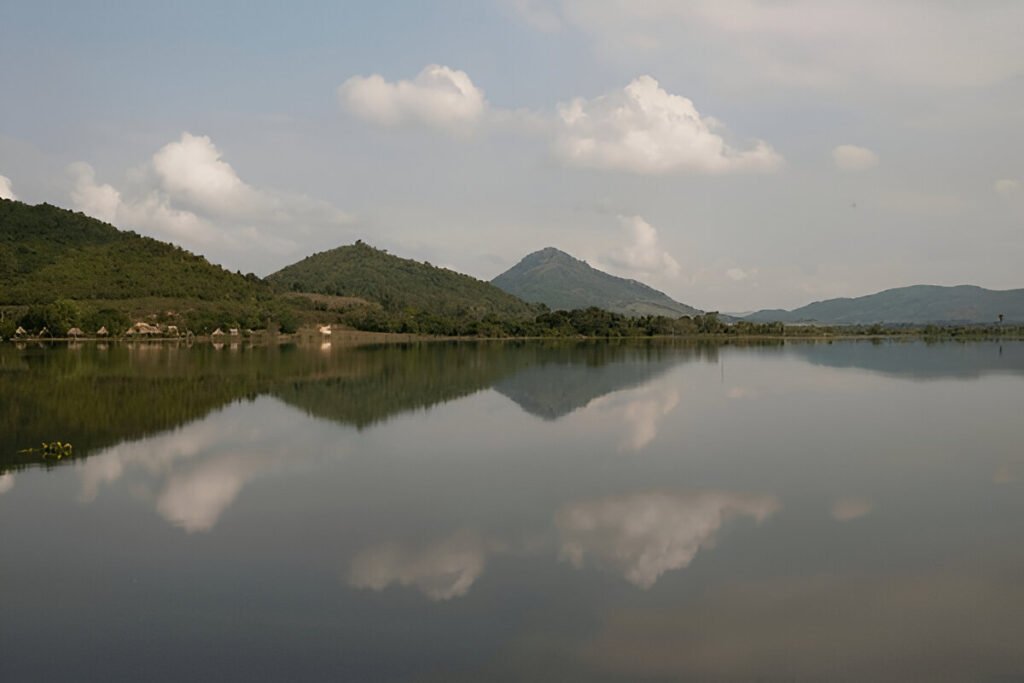Introduction:
Nestled within the bustling metropolitan cityscape of Beijing, China, lie two of the most iconic remnants of the 2008 Olympics: The Niaochao, also globally renowned as the Bird’s Nest, and the Shui Li Fang, or the Water Cube. Each an architectural marvel in its own right, these two structures are emblematic of the unique blend of traditional Chinese aesthetics and cutting-edge design that dominated the 2008 Olympics. For any traveler visiting Beijing, a trip to these two landmarks provides a unique insight into a momentous occasion in China’s history and offers a fascinating exploration into the country’s rich culture and awe-inspiring architectural prowess.
Unveiling the Splendor: Bird’s Nest and Water Cube
The Bird’s Nest, officially known as the Beijing National Stadium, is a marvel of modern architecture. The labyrinth of twisted steel structures forms the exterior of the stadium, resembling a bird’s nest, hence its name. The beauty of the Bird’s Nest is not confined to its exterior, within its walls, the stadium boasts a seating capacity of 80,000 spectators. It was the center stage for the opening and closing ceremonies of the 2008 Olympics, and it continues to host major sporting events to this day.
The Water Cube, also known as the Beijing National Aquatics Center, stands adjacent to the Bird’s Nest, forming a complementary pair of architectural jewels. The outer surface of the Water Cube is made up of water-filled ETFE pillows, which reflect sunlight during the day and glow with a soothing blue hue at night, giving the impression of an ethereal cube of water. Inside, the Water Cube has a wave-like ceiling, creating an ambience that enhances the aquatic theme.
A Legacy of Beijing 2008: Monuments of Triumph and Inspiration
The Bird’s Nest and the Water Cube are not only feats of architectural brilliance but also stand as a testament to China’s emergence as a global superpower. They symbolize the country’s ambition and technological prowess and relay the narrative of China’s triumphant hosting of the 2008 Olympics. These monuments serve as a daily reminder to the citizens of Beijing of the historic event, instilling a sense of pride and national identity.
The Bird’s Nest and Water Cube have also become symbols of resilience and adaptability. Post the Olympics, these structures have been repurposed to host a multitude of events. The Bird’s Nest continues to serve as a sports venue, while the Water Cube got transformed into a water park, one of the biggest in Asia. Thus, these structures have not only preserved the legacy of the Olympics but also evolved to serve the community in a new avatar.
Conclusion:
The Niaochao and the Shui Li Fang are more than just relics of the Beijing 2008 Olympics; they are monuments of China’s technological prowess, national pride, and resilience. These architectural marvels encapsulate a significant chapter in China’s history and offer an unforgettable experience to anyone stepping onto their premises. When you visit, make sure to pause and soak in the grandeur of these structures, and you’d be standing amidst a piece of history, a testament to human ingenuity and China’s rise to global prominence. So, when in Beijing, miss not the chance to experience these architectural wonders and immerse yourself in the legacy of the 2008 Beijing Olympics.






